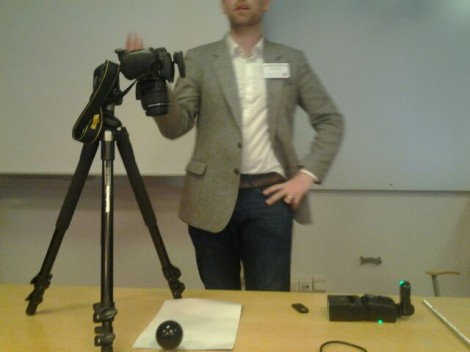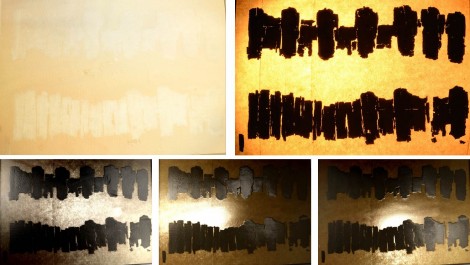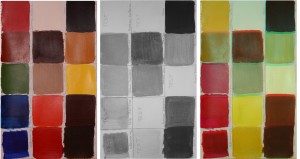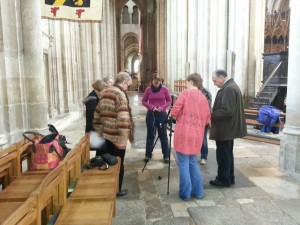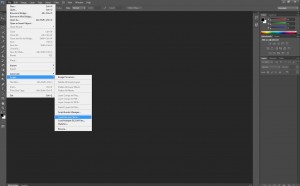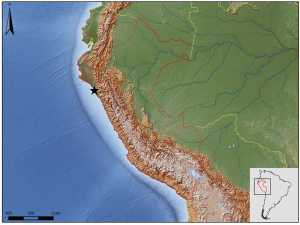Digitally Recording A 3rd Century BC Underwater Battlefield
One of the most exciting archaeological discoveries of the last decade has been an ancient naval battlefield off the Egadi Islands in Italy. Located in over 100 metres depth and requiring robots to survey and record the artefacts, the site dates to the decisive climax of the First Punic War between Rome and Carthage in 241 BC. Previously, only two waterline warship rams had ever been discovered, but ten have been found at the battle site together with thousands of other artefacts.
Continue reading →

